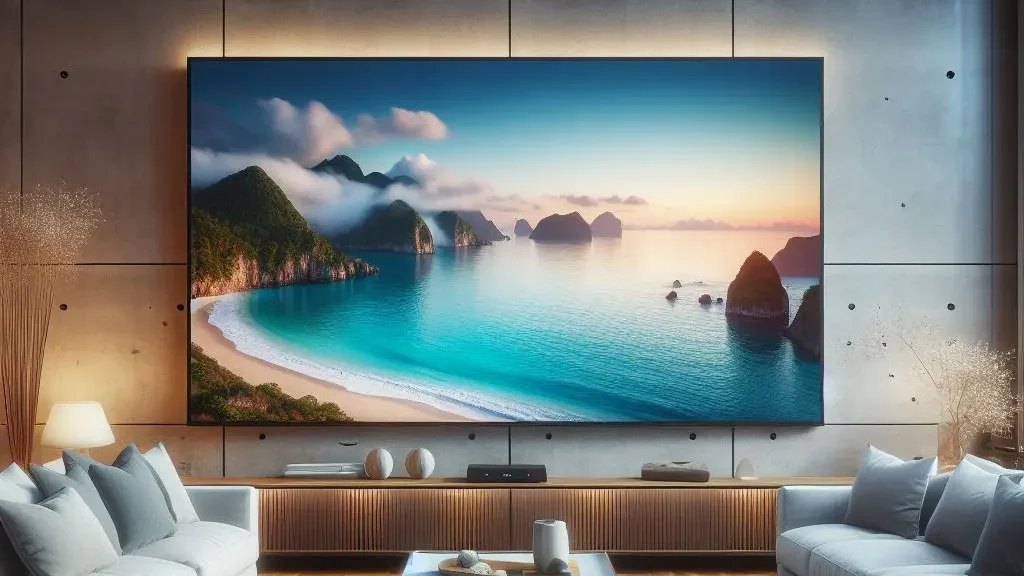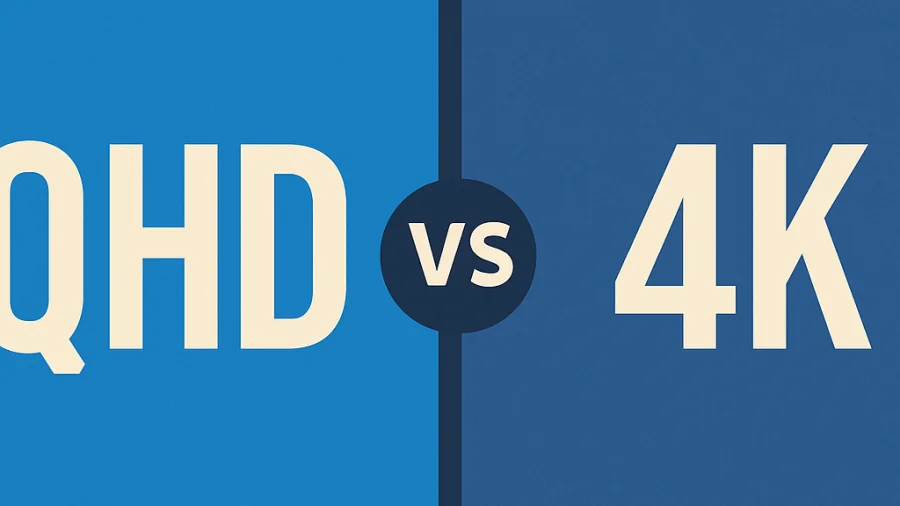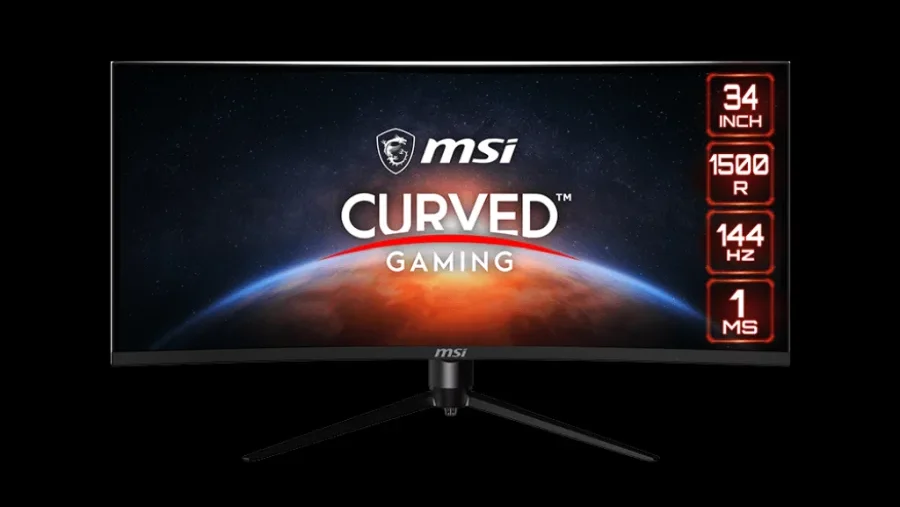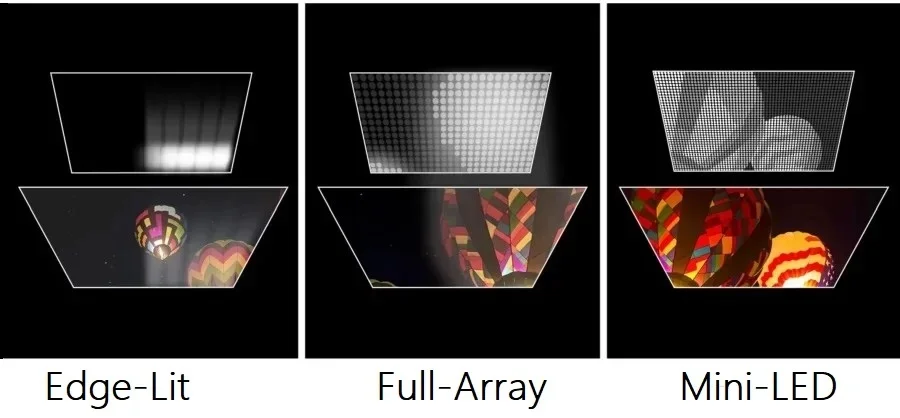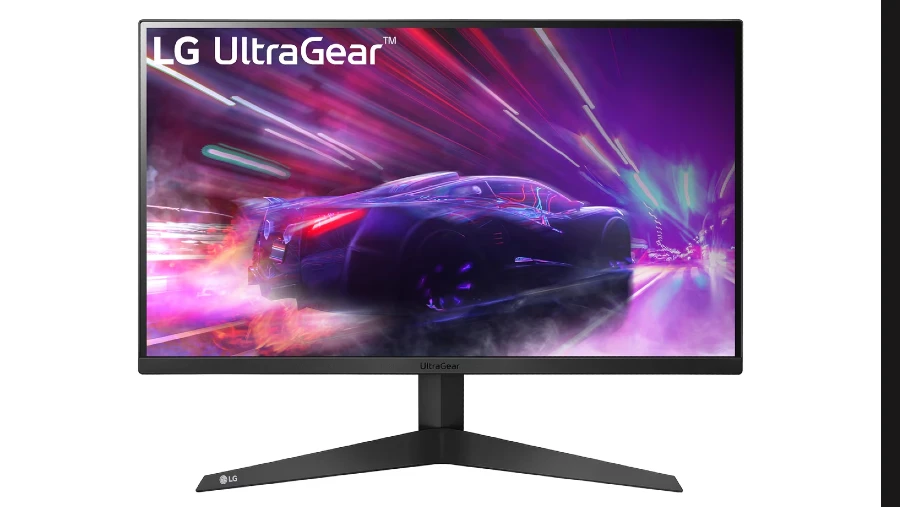
High Dynamic Range (HDR) technology is a significant advancement in display technology. It enhances the quality of an image or video by increasing the contrast between the lightest whites and the darkest blacks.
This results in an image that is closer to what the human eye would see in real life. HDR content on HDR-compatible displays can get brighter, darker, and show more shades of gray in between than non-HDR content.
The Video Electronics Standards Association (VESA) has introduced DisplayHDR and DisplayHDR True Black specifications. These are the display industry’s first fully open standards ensuring consistent HDR quality for LCD and emissive displays.
Understanding Difference Between DisplayHDR and DisplayHDR True Black
DisplayHDR is a specification created by VESA that defines the quality of HDR in computer monitors and laptops.
It includes various performance levels, such as DisplayHDR 400, 600, and 1000, each specifying different requirements like brightness, color gamut, bit depth…
These levels help consumers understand the HDR capabilities of a display before purchasing it.
Introduced in 2019, DisplayHDR True Black, on the other hand, is a specification designed specifically for emissive displays.
These types of displays can turn off individual pixels, resulting in true blacks and a very high contrast ratio.
This standard ensures these displays meet a high standard of quality.

The main difference between DisplayHDR and DisplayHDR True Black lies in their target display technologies and their performance requirements. While DisplayHDR is for LCD displays, DisplayHDR True Black is for emissive display technologies like OLED or Micro LED displays.
True Black standard requires a black-to-white response time of only 2 frames for OLEDs, as opposed to 8 frames for LCDs.
This reflects the difference in technology, LED backlights in an LCD takes time to ramp up, whereas OLED is virtually instantaneous.
Notice: these two specifications should not be confused with HDR formats like HDR10, HDR10+, Dolby Vision or Hybrid log–gamma, which are technologies that define the way HDR content is encoded and decoded.
DisplayHDR True Black 400
DisplayHDR True Black 400 represents the entry-level tier of the DisplayHDR True Black specification.
It is designed to provide a significant improvement over standard dynamic range (SDR) displays, especially in terms of black level performance and overall contrast.
The primary performance requirements for the DisplayHDR True Black 400 level include a minimum peak brightness of 400 cd/m² (nits) for the 8% center patch test luminance with a 2% APL (Average Picture Level) background.
8% Center Patch Test Luminance refers to a test where a patch covering 8% of the screen area, located at the center of the screen, is illuminated. The luminance (brightness) of this patch is then measured.
Average Picture Level represents the average brightness of a screen displaying a particular image, taking into account both the bright and dark areas of the image. In this case, the background of the test image has an APL of 2%, meaning it’s quite dark.
So, in essence, this test measures the minimum luminance level that a display can achieve when a small, bright patch (8% of the screen area) is displayed against a mostly dark background (2% APL). This is important for assessing a display’s performance in high-contrast situations, which are common in HDR content.
Maximum black level luminance is specified at 0.0005 cd/m², which is a stark contrast to the peak brightness, allowing for true deep blacks and a more immersive viewing experience. This extremely low black level is possible due to the inherent capabilities of emissive displays, which can turn off individual pixels completely.
Maximum black level luminance is measured using Dual Corner Box Test. This test involves displaying maximum white in two corners of the screen while maintaining the darkest possible black in the center of the screen.

Furthermore, this specification mandates a color gamut covering at least 95% of the DCI-P3 color space.
This wide color gamut allows for richer and more accurate colors, enhancing the overall image quality.
The specification also requests a minimum bit-depth specification of 10-bit video signal per channel, which translates to an 8-bit image quality with 2 bits for dithering (8b+2), enhancing the display’s ability to render subtle color differences and smooth gradients.
In summary, DisplayHDR True Black 400 sets a high standard for entry-level HDR performance on OLED and Micro LED displays, offering impressive brightness, true black levels, and a wide color gamut.
DisplayHDR True Black 500
DisplayHDR True Black 500 is the mid-tier specification in the DisplayHDR True Black series and it enhances the HDR experience by building upon the foundation set by the True Black 400 level.
For the DisplayHDR True Black 500, the minimum peak brightness requirement is set at 500 cd/m² for the 8% center patch test luminance with a 2% APL background.
This higher brightness level ensures that HDR content appears even more vibrant and lifelike.
The maximum black level luminance remains deeply impressive at 0.0005 cd/m², maintaining the ability to display true blacks, contributing to an exceptionally high contrast ratio.
The color gamut requirement includes 95% DCI-P3 coverage, ensuring a wide range of colors for a more vivid visual experience.
Like the True Black 400, this specification also requires a 10-bit video signal per channel, which equates to an 8-bit image quality with 2 bits for dithering (8b+2), allowing for finer gradients and reduced banding.
The True Black 500 level is particularly suited for ultra-thin notebooks, where thermal control is essential, without compromising on the quality of the HDR experience, but it is also equally applicable for monitors.
DisplayHDR True Black 600
The DisplayHDR True Black 600 specification is the pinnacle of the True Black series, offering the top-of-the-line performance levels for OLEDs and other emissive displays.
It is optimized for displays that can produce deeper blacks and higher contrast ratios, essential for a truly high dynamic range (HDR) experience.
The minimum peak brightness for this tier is set at 600 cd/m² for the 8% center patch test luminance with a 2% APL background.
The maximum black level luminance is maintained at 0.0005 cd/m, the lowest that can be measured using industry-standard colorimeters, ensuring the darkest possible blacks.
The color gamut requirement for the True Black 600 includes 95% DCI-P3 coverage, providing a wide and rich color spectrum.
This specification also maintains the 10-bit video signal per channel requirement, which means it supports an 8-bit image quality with 2 bits for dithering (8b+2), allowing for smooth color transitions and minimizing banding.
Same as for the 400 and 500 standards, the rise time, which is the speed at which the display can change from black to maximum luminance, is specified at a maximum of 2 frames, indicating a swift response time for changing images.
The DisplayHDR True Black 600 is a testament to the advancements in HDR technology, offering a premium viewing experience for the most discerning users.
True Black 400 vs 500 vs 600: Comparison
| Criterion | True Black 400 | True Black 500 | True Black 600 |
|---|---|---|---|
| Minimum Luminance Level | |||
| 8% Center Patch Test (cd/m²) | 400 | 500 | 600 |
| Full-screen Flash Test (cd/m²) | 250 | 300 | 350 |
| Full-screen Long-duration Test (cd/m²) | 250 | 300 | 350 |
| Black Level | |||
| Dual Corner Box Test (cd/m²) | 0.0005 | 0.0005 | 0.0005 |
| Color Gamut and Luminance | |||
| ITU-R BT.709 Coverage | 99% | 99% | 99% |
| DCI-P3 Coverage | 95% | 95% | 95% |
| Additive RGB Color Luminance (10% patch) | 400 | 500 | 600 |
| Additive RGB Color Luminance (Full-screen) | 250 | 300 | 350 |
| Minimum Bit-Depth Specifications | |||
| 10-bit Video Signal | ✔ | ✔ | ✔ |
| Driver-IC Bit Depth (+2b Dithering) | 8b+2 | 8b+2 | 8b+2 |
| DisplayHDR Rise-Time | |||
| Frames for Rise from Black to Max Luminance | 2 | 2 | 2 |
Conclusion
Understanding DisplayHDR and DisplayHDR True Black specifications is essential when purchasing displays. These certifications guarantee a minimum level of performance, ensuring you get a display capable of delivering a true HDR experience.
The misuse of DisplayHDR logos in the market can mislead consumers, making it essential to verify the certification of HDR products.
Consumers can ensure they are getting a genuine HDR display by checking the official VESA website, which lists all certified displays.
As HDR technology continues to evolve, these standards will help ensure that consumers have access to high-quality displays that meet rigorous performance criteria.
Read Next
